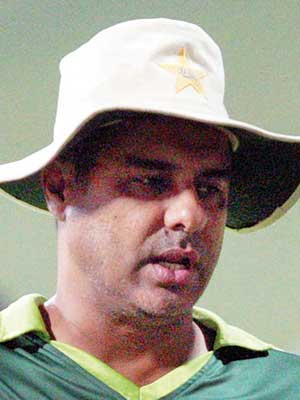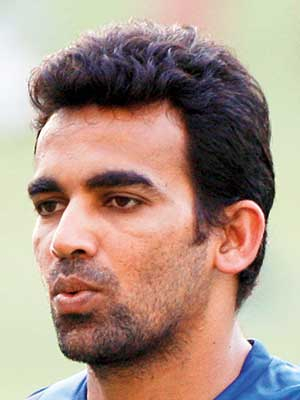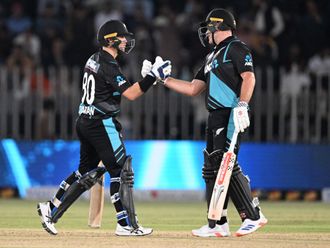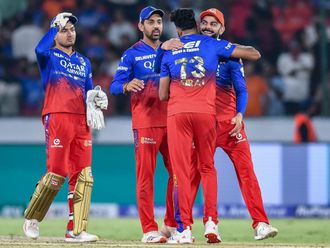Dubai: There is no better sight than a keen contest between bat and ball, but the laws of cricket are heavily loaded against the bowler.
A batsman may only have one chance to protect his wicket, but flat pitches, the bouncer rule, field restrictions and thicker and heavier bats are tilting the scales more in favour of the batsmen.
However, it gives fans as much pleasure to see the ball sailing over the boundary as it does to see it flying past the batsman’s ear. And many will still remember when Dennis Lillee bowled with every single fielder behind the wicket.
There was a time when fast bowlers weren’t even allowed to bend over to pick up a dead ball by their fielders, who would protect their main weapon – the bowler – because they were so prone to injury.
But now, the game has changed so much that these quicks have to bowl, bat and even dive and skid to stop a ball, making them even more vulnerable to injury.
Zaheer Khan |
Pakistan’s Waqar Younis and India’s Zaheer Khan, who are both widely regarded as two of the greatest fast bowlers of their generation, both said that injuries are part and parcel of a bowler’s career, when interviewed by Gulf News in Dubai this week where they are pundits for OSN during the Champions Trophy.
“The rise of injuries among fast bowlers is because they are playing more,” said Younis. “Don’t think that Twenty20 (T20) isn’t more pressure because it’s only four overs. There’s a lot more pressure to take and it hits your body. But if you strengthen your body younger then you will prolong your career.”
Waqar Younis |
Another Pakistan bowling legend Wasim Akram recently said that a bowler should strengthen their body by bowling more at the nets over long hours in the gym lifting weights, but what does Waqar suggest?
“I agree with Wasim,” he said. “To become a really good bowler you need to bowl more overs. That’s what Dale Steyn has done, he’s hardly trained in the gym but bowls. Nowadays it’s easier, because certain bowlers only bowl four overs and that’s it, look at Kyle Mills, he’s a wonderful talent but can only bowl four and that’s it.
“People are holding back because it’s easy money now but playing for your country is all about Test match cricket and to get fitter you need to bowl more.”
Players may have started to pick and choose the matches they play in order to prolong their career, but team managements are also keen to protect their fast bowlers. One example of that is young Bangladesh pacer Mustafizur Rahman, who is rested time and again, while England’s Jimmy Anderson only plays Tests.
“Cricketing boards have to be a little careful of who plays T20 and who plays Tests. Test match cricket is still the most important form and you should protect your x-factor bowlers for Test matches like England does with Anderson and others. T20 is a different brand and you need variation but Test match cricket will always be the conventional form.”
Zaheer suggested that better injury management was also needed to prolong careers.
“Every time you get injured, you have to take your time out, get advice from your physios and trainers and plan your return,” he said. “One thing you shouldn’t do is get impatient because the temptation is always there to rush back.
“Bowlers should find ways to either avoid injury or keep on top of things so they are as good as possible, controlling the controllables.”
Bowlers are also forced to experiment with a variety of deliveries in shorter formats, which puts added pressure on their bodies.
“Again that’s T20 and One Day cricket,” said Younis. “With two new balls and laws changing to allow five fielders inside the circle for so many overs in One Days, bowlers have to go for variation and you can’t blame them.
“There are no more attacking bowlers, they are protecting themselves. They no longer take early wickets, they go on the backfoot very quickly. In our days it was different, the first 15 overs were crucial, but then, of course, the ball got older and you used to get reverse. Now there’s not much reverse, so there’s plenty of things that go against the fast bowler nowadays.”
So, as important as it is to spread cricket across the world and keep it entertaining, it’s also important to protect the fast bowlers — who are fast becoming the sport’s endangered species — to keep the game in balance.
— With inputs from Ashley Hammond, Staff Reporter














